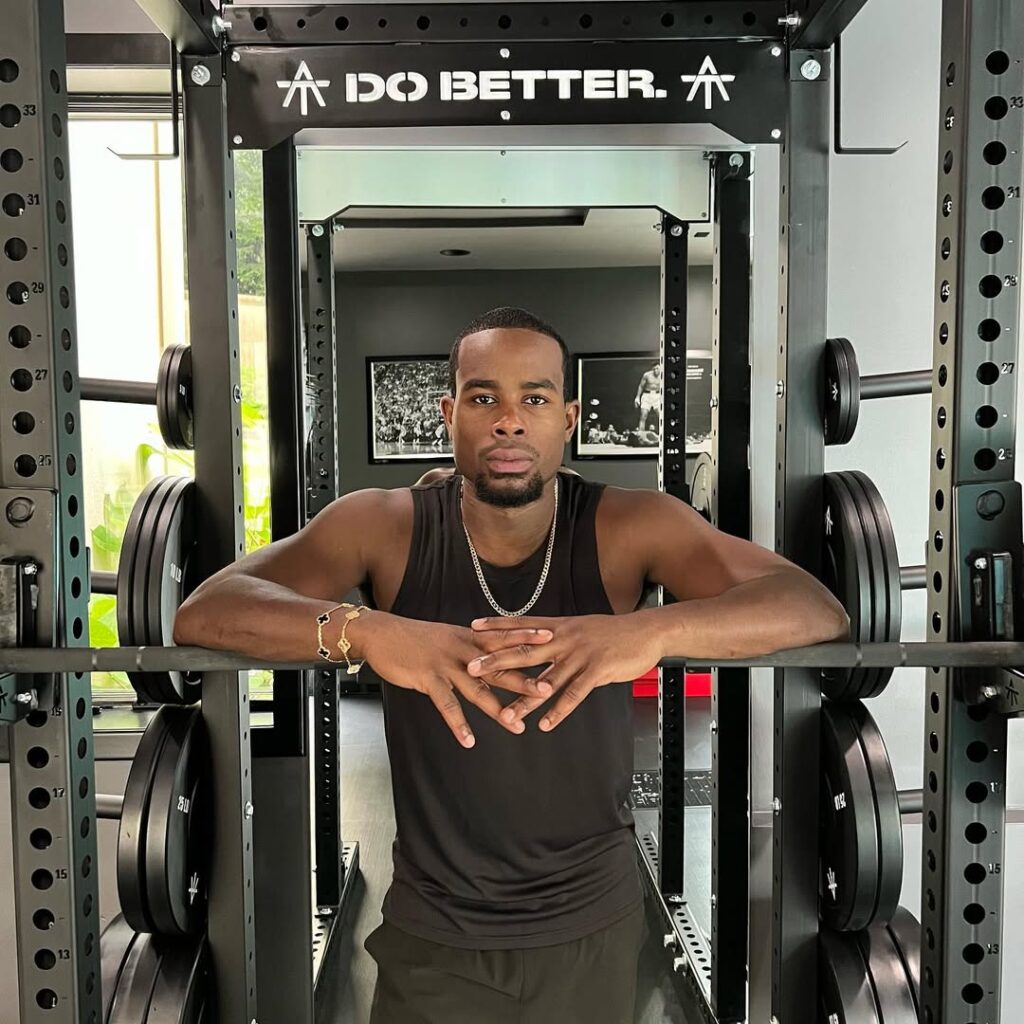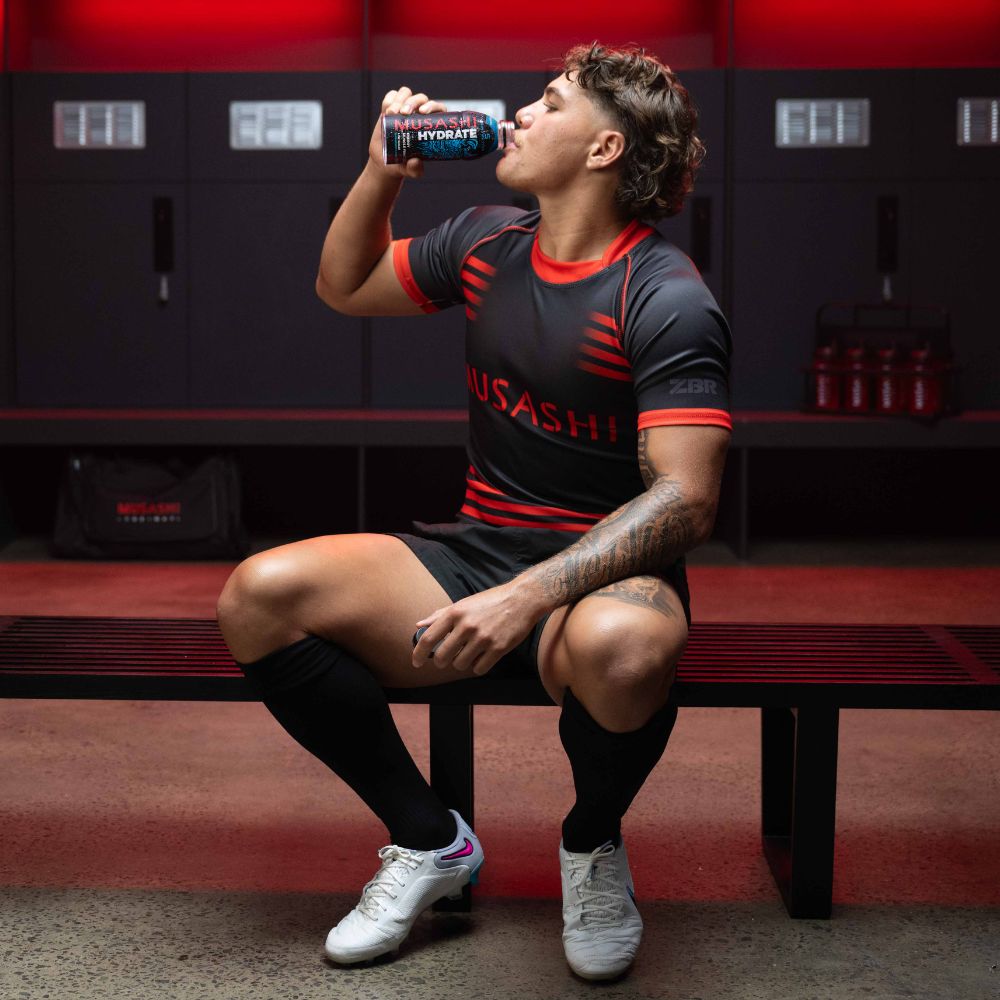NO MATTER WHETHER you’re chasing size and personal bests in the squat rack or simply want your jeans to fit a little more snugly, quad size plays a key role. Thanks to large-scale research on military personnel, we now have a benchmark for what trained, active men’s quads actually measure. Spoiler: it’s not just about muscle mass – but the results still set a high bar for our leg-day goals.
What is the average trained man’s thigh size?
According to the 2012 Anthropometric Survey of U.S. Army Personnel, the average male thigh circumference is:
62.51 cm (24.61 inches)
This figure comes from a sample of 4,082 active-duty male service members. While these individuals aren’t elite athletes, they maintain a baseline level of strength, fitness, and muscle mass that makes the data fairly useful for experienced lifters.
What do the stats mean?
The stats are a credible benchmark for trained, active men. It’s important to note that while we say ‘quad’, the measurements also include hamstring, glute development, and some body fat.
The standard deviation of 5.85 cm means most participants fell between about 56.7 cm and 68.4 cm, which is a useful window for assessing your own progress. If your thigh circumference is sitting in the 60s, you’re right around the trained average.
As always, body composition matters. A lean lifter with dense quads might have a similar thigh size to someone carrying more fat, so don’t rely solely on circumference to judge progress. Look at performance and muscle definition too, and ensure you’re including the guidelines below.

How to grow your quads
Exercise selection
If you want to increase the size of your quads, start your workouts with compound lifts like back squats, front squats, and split squats. These offer the biggest return on training effort. Add in isolation movements like leg extensions, step-ups, and walking lunges to layer in volume and movement variety to keep it interesting.
Rep quality
Control the tempo of each rep, especially on the eccentric (lowering) phase. Use full range of motion where possible, and maximise the stretched portion of your lifts. This could also look like using the leg extension with the seat angle leaning back slightly to increase the stretched portion of each rep.
Varied rep ranges
While evidence supports that you can gain muscle in a variety of rep ranges from 5-30 reps, it’s important to vary them in your programming:
- 6-8 reps: Focuses on strength.
- 8-12 reps: Optimal for hypertrophy.
- 12-15+ reps: Emphasises metabolic stress and muscular endurance.
Volume
Aim for 10-20 total sets for quads per week, split across at least two sessions. Work close to failure (0-5 reps short) and you’ll put yourself in a good position to increase mechanical tension. And of course, recovery, sleep, and nutrition are just as vital as your programming, so don’t skip your rest days.
Progressive overload
As always, increasing weight, reps or sets week to week (aka progressive overload) is the key to driving hypertrophy long term. Keep showing up and track your progress, and you’ll soon be exceeding the averages listed above.
This article originally appeared on Men’s Health UK.
Related:














